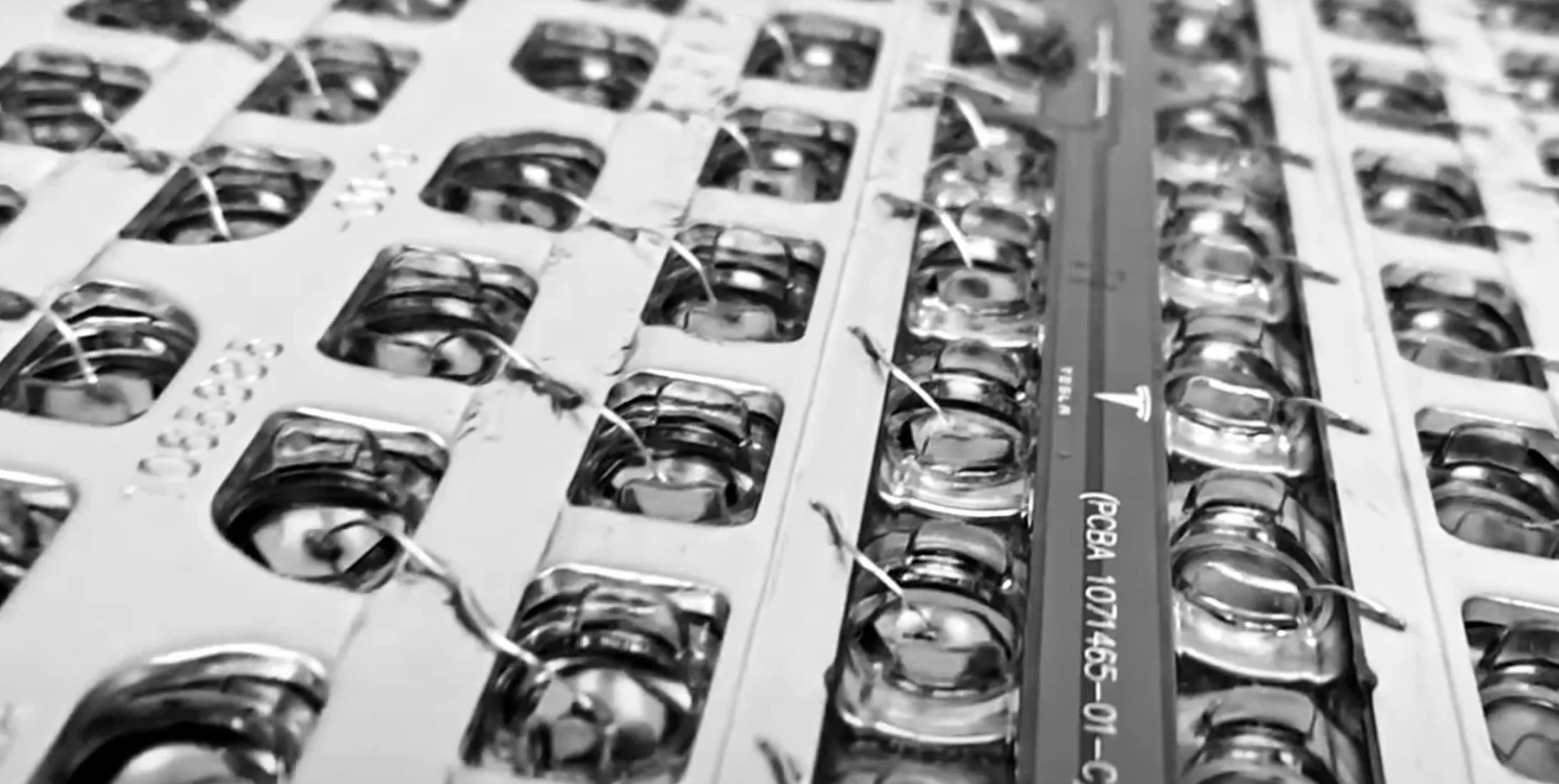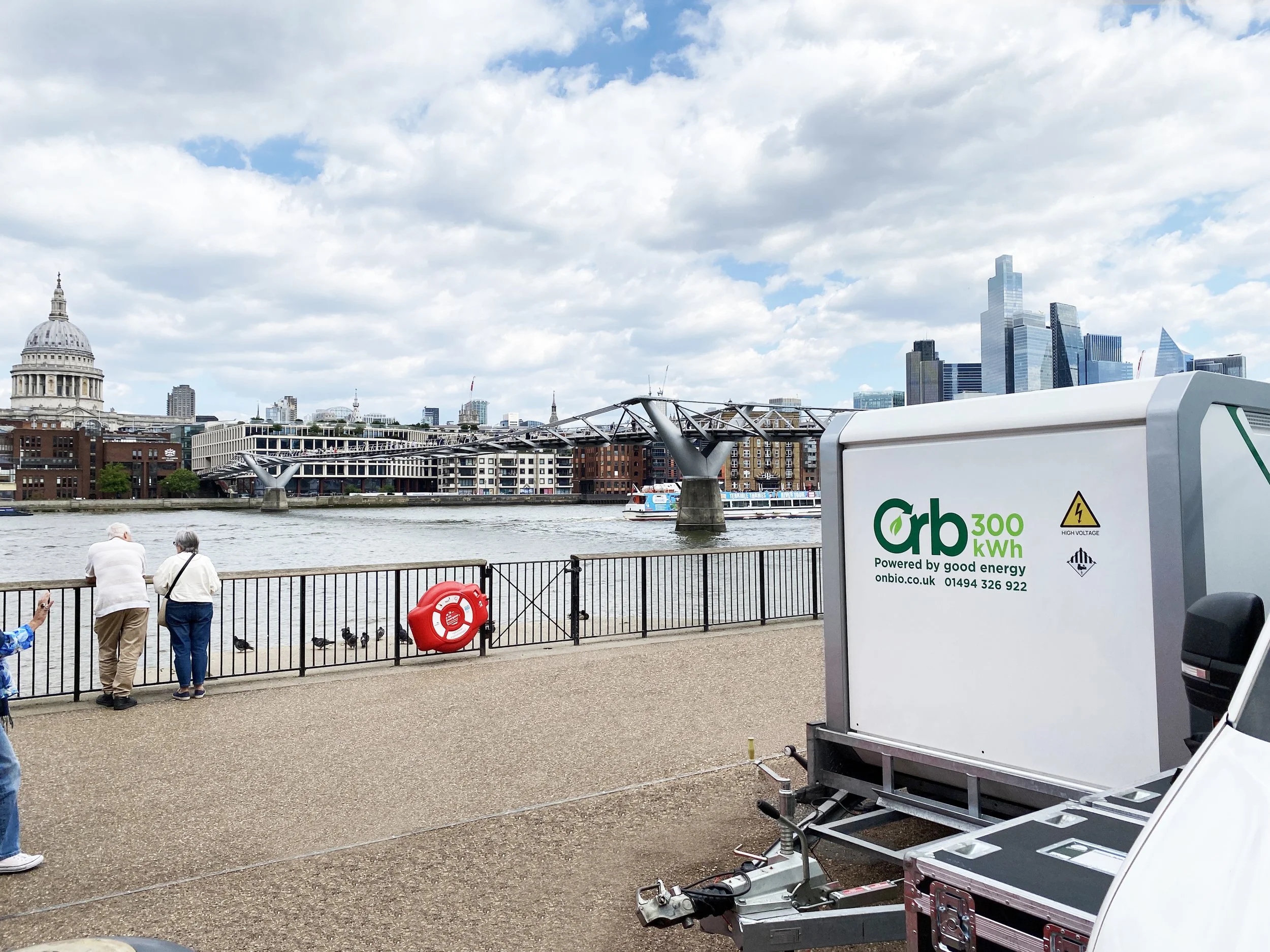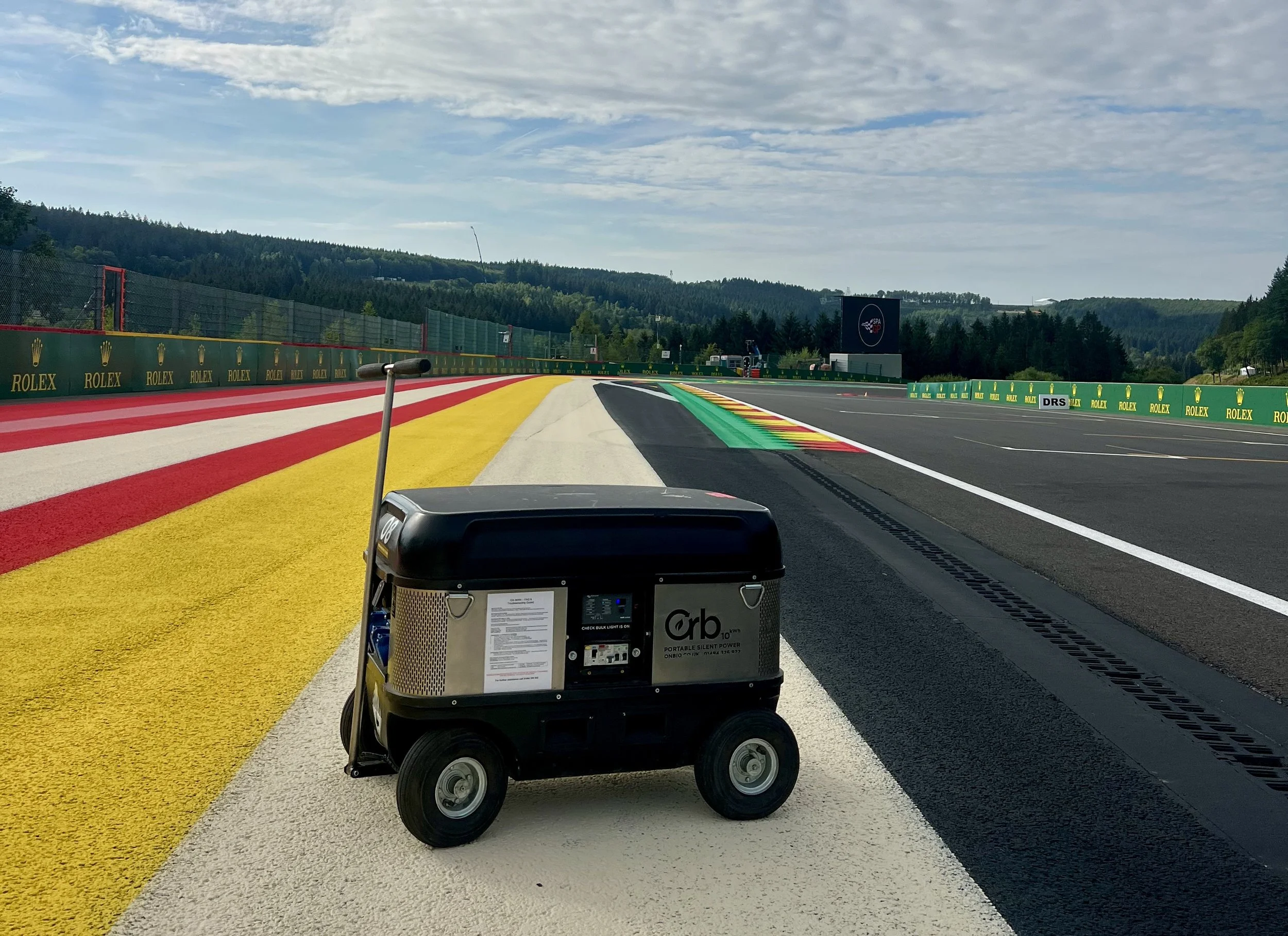Why We Love Second Life Batteries
At OnBio, we'll admit it – we’re obsessed with second-life batteries. There's something particularly satisfying about giving battery packs from unwanted Tesla cars a second life.
GOLD STANDARD EV CAR BATTERIES
A standard Tesla car battery is made up of 16 modules, each containing 444 battery cells known as 18650s. These big, AA-shaped batteries were specifically developed by Panasonic in collaboration with Tesla for the EV market.
Their volumetric energy density is still impressive even by today’s standards. Each module has its own sophisticated liquid cooling system meaning all cells are kept at a consistent temperature. Avoiding temperature extremes theses batteries have a much longer life span than many other EV batteries on the market.
This means Tesla second-life batteries are absolutely perfect for our portable batteries.
Our Orb 10 uses 2 modules (888 cells) and our Orb300 uses a staggering 4 Tesla packs (28,416 cells)
IN THE EARLY DAYS
When we first started exploring second life lithium batteries, I wondered if we were making the right choice. Would they be reliable? Safe? Could source enough of them?
Turns out, these concerns were completely unfounded. Every battery we use passes rigorous safety testing, and many retain 90% of their original capacity – more than adequate for our applications, and essentially as good as new.
REPURPOSING SIMPLY MAKES SENSE
The environmental case for second life batteries is compelling.
Reusing existing cells can slash greenhouse gas emissions by up to 77%* compared to manufacturing new batteries.
It reduces the demand for lithium, colbalt and nickel, avoiding environmentally destructive mining operations.
Giving these high quality modules a new purpose just makes sense.
The Orb300 getting ready for a night shoot on the Millenium Bridge
LONG LASTING
What really excites me is the potential longevity of our second-life batteries. A recent Edinburgh University study* found that these batteries can work in second-life applications for an additional 7-10 years, pushing their total operational life up to 20 years. That's two decades of service from a single battery pack a remarkable achievement.
THE CIRCULAR ECONOMY
Even when our batteries do reach the end of their life, they remain 98% recyclable. For example, we had a few that had water damage and were beginning to rust, so we sent them to Recyclus Group, the UK's first industrial-scale lithium-ion battery recycling facility in Wolverhampton.
Their shredding and sorting process transforms used battery materials into raw components, ready for the next generation of EV batteries. A true circular economy in action.
A BRIGHT FUTURE
Projections for 2040 show that recycled materials from retired EV batteries could supply
60% of global cobalt needs
53% of lithium requirements
57% of manganese demand
53% of nickel requirements
This isn’t just incremental change – it's a fundamental transformation in how we think about battery ecosystems.*
For us, second life batteries aren't just a practical choice. They're proof that smart design and circular thinking can deliver both performance and sustainability. And yes, we only have eyes for those beautiful Tesla modules.
The Orb10 recently used during the making Bard Pitt’s F1 movie
* All facts taken from a 2025 a University of Edinburgh research paper entitled; A Perspective on the Challenges and Prospects of Realising the Second Life of Retired EV Batteries.





